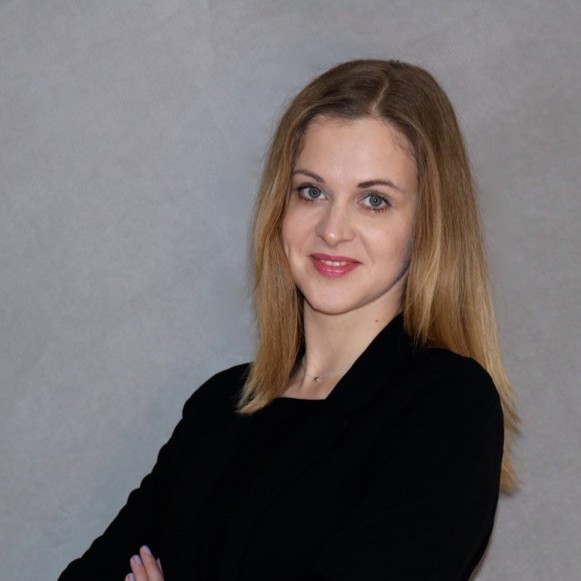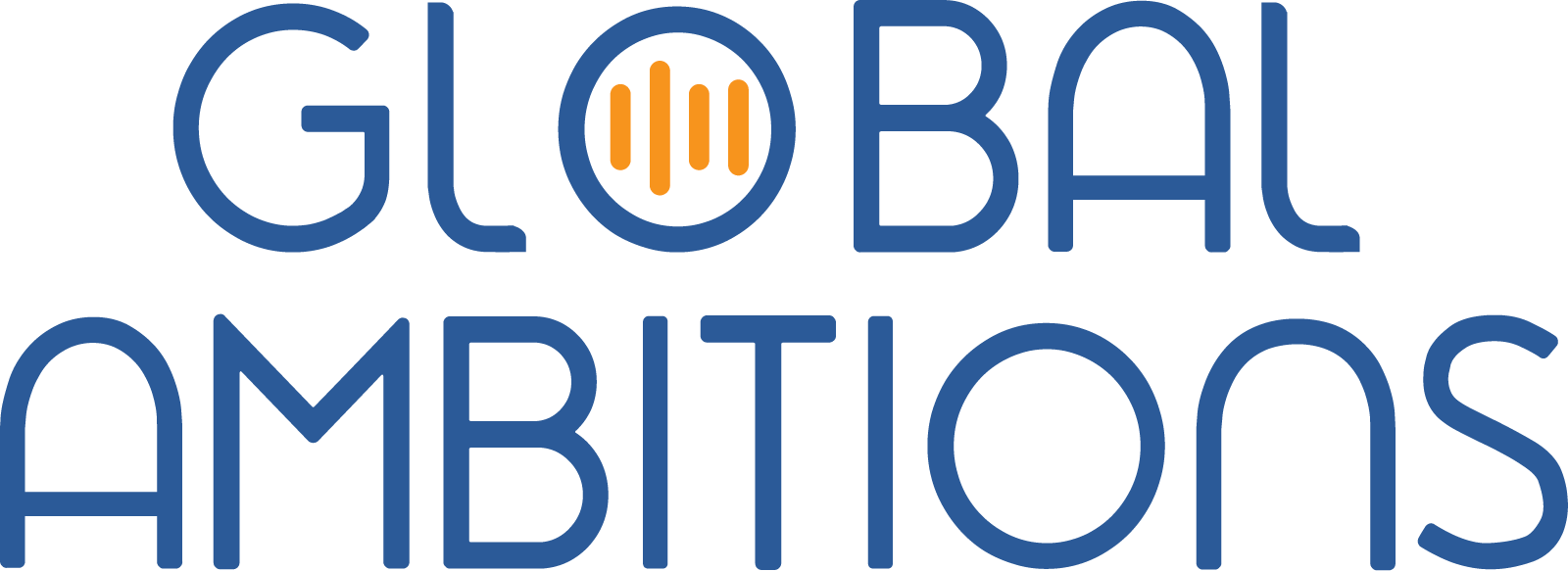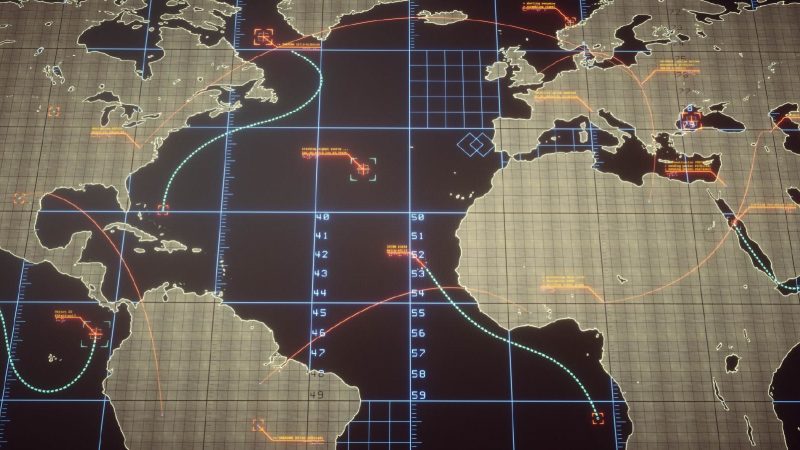With Diana Georgieva, Senior Manager of Content Localization at Pleo
Below is an automated transcript of this episode
Antoine Rey (Host) 00:04
Hi everyone, I’m Antoine Rey and I will be your host today for this Global Ambitions podcast episode. My guest today is Diana Georgieva, who is a Senior Manager of Content Localization at Pleo. The topic today we’ll be talking about driving a localization function when you have buy-in from day one, which I’m sure a lot of you would love to have. Diana, welcome to the program.
Diana Georgieva (Guest) 00:38
Hi Antoine, Thanks so much for having me.
Antoine Rey 00:40
Great, I’ll dive straight in, because this is the format of this podcast. You’ve been at Pleo for three years and you mentioned that you’ve had buy-in from the exec team from day one to build the localization function and develop the program. Can you tell us a little bit more about how that happened and what you’ve learned along the way?
Diana Georgieva 01:02
Yeah, absolutely. So maybe if we start at the very beginning. I joined Pleo shortly after we closed our CAC in 2021. Pleo, for those of you who don’t know, is an expense management solutions provider solving for medium and small size enterprises across Europe, and I joined the company at a time of great optimism. At the same time, they have ambitious growth goals. If I were to title year one at the company, I’d say it’s just like a little bit like flying the plane while building it and building the engine inside out. So, yeah, a lot of excitement. Maybe it will be interesting to your listeners. Unlike some, some US businesses, where acquisition is maybe at the tail of any kind of market expansion plan, we’ve had buy-in from the very beginning and I would say, not even more than buy-in. The brief was: get in, build out the team, build out the program and, at the same time, launch into new markets in less than a year.
Antoine Rey 02:04
So you had, what everybody’s looking for is an exec team that puts localization as a strategic objective on the board and that drives everyone in the organization towards that goal right.
Diana Georgieva 02:18
You can say that, yeah, absolutely. And for that time period localization was indeed on the critical path for success in our market expansion plan and we had that support. I’m really, really grateful that I managed to join in at such an early stage to set up all the processes from the beginning in a way that will help us scale. And also with that buy-in came the resources that were necessary. So there’s a lot of work in setting up program processes. Many people can relate to that, so, but when you have the buy-in, things execute faster.
Antoine Rey 02:52
And that’s what I was going to ask, I guess like the first question for me is like does that mean that from the get-go you have a budget to hire internal and external resources to deliver your program?
Diana Georgieva 03:04
Yes, absolutely. So budget is one component, mandate is another. Those have been some of the key components to that success. So if we forward a little bit up in time, at the end of year one, we had launched successfully into new markets in less than 10 months. So what went into that was building the team, hiring those talented folks on the team and then building also the processes out to set us up for success, not just for launching new markets but also for the future and for the years ahead.
Antoine Rey 03:38
Okay, and usually like in a team I see localization function, I see sometimes a project management function, a technical function, and then somewhere to manage vendors as well as quality. Is that what your team looked like then after a year in there?
Diana Georgieva 04:03
You can say, yeah, some of those components. Yeah, you hit right on the head. I think the key differentiator was being paired with a tech lead or an engineering lead from the very beginning and building out the program together. So we have that automation at the foundation of the program and then, of course, localization specialists, project management resource and, last but not least, onboarding, a trusted LSP: language services provider that helped us and support us throughout.
Antoine Rey 04:26
So you have your exec buying, you onboarding your resources, you’re developing internal relationship, I presume as well, with a lot of people to connect all the dots At the end of year one then there’s a few things that went very well, obviously, from the get-go. Anything that you learned that didn’t go so well that you do differently, and anything you would recommend to do exactly the same way.
Diana Georgieva 04:50
Oh yeah. So I would recommend well what I do differently definitely start hiring early on even earlier than I did, because great talent takes time to hire and nurture.So lesson number one. Also you mentioned in developing relationships with internal stakeholders. I would do that, even between the internal stakeholders and all the external resources that support the initiative, or all of our external partners. From the get-go I wouldn’t say we didn’t have communication, but I would say strengthen those relationships, build the relationships face-to-face, and it takes a lot of time to do but it’s important that it pays off.
Antoine Rey 05:31
That’s one of the key challenges, I guess, because in most cases, the person driving localization you know yourself in this case needs to keep the time to go and develop those relationships, but they have to do a lot of the operational tasks at the same time. Did you have a team to do that, while you have time to build up your sphere of influence and the stakeholders engagement that you needed, or did you have to do both yourself?
Diana Georgieva 05:58
At the very beginning, before I hired in the team, I had to do everything myself.
Antoine Rey 06:02
Yeah.
Diana Georgieva 06:04
I think that’s a familiar space for many people in the industry where you’re involved in many different conversations and in many different parts of the setup. And by the end of year one I’d already hired in and trained the team so I could carve time and spend time in those conversations and relationships throughout the company.
Antoine Rey 06:20
And like for our listeners I’m just going to put like a little bit of information, because you mentioned that you were hired for purpose when the company Pleo went to Series C funding and that’s something I’ve observed a lot in the industry between Series B and Series C, when the product has been successful on a domestic market and the company has signed a few marquee clients, for instance, and it’s at that stage that we see a shift between hiring developers versus moving to hiring more sales and marketing, where investors are saying, ok, now you’ve proven that you can work within your domestic market, now go and expand into international territories, and that’s where you see more sales and marketing resources coming in territories.
07:04
And that’s when we usually see a localization manager being hired to help with this. You know, and that’s kind of an evolution in the maturity of the company from what we can see, and it’s great to see that you were experiencing that. But I always warn our clients to say this is where you’re going to see a shift internally from the power of being with, probably, engineering and development team moving maybe to sales and marketing a bit more. So if you see those conflicts internally. That’s quite normal, and I don’t know if you experienced that as well.
Diana Georgieva 07:36
And that’s an interesting question. I think the power is redistributed. We all, at the end of the day, work to solve customer problems. We just push them from different angles. So we do have investment in all the key areas, being engineering, product sales. In fact localization: I know this is always a hot topic. In localization, a player sits under product management, work very, very closely with the engineering teams and the product building teams and we have a privileged position to work with them directly and also incorporate a lot of the product management methodologies and approaches within our craft.
Antoine Rey 08:16
And so after year one, so it’s been three years.So year one was really like setting up the engine while you were running at the same time. What happened then in year two, year three, knowing that we’re in the middle of COVID at that stage, or towards the end of COVID?
Diana Georgieva 08:28
Well, year two is the end of COVID. Yeah, well, seems so far away.
Antoine Rey 08:34
Good.
Diana Georgieva 08:36
So if we go to with books on market expansion, expanding our geographical footprint across Europe. Year two was very, very different for the whole sector where we operate, fintech. We saw a lot of macroeconomic changes and the key factor was shifting the focus from growth at all costs to sustainable growth, more sustainable growth towards operational profits. So with those changes the company and also the localization function had to be redefined and adapt to a new focus and a new normal and that was a different type of learning and a different type of year.
Antoine Rey 09:14
Practically does that mean you lose budget or you lose people, or what happened?
Diana Georgieva 09:27
Uh, practically we had to right size the team and right size the organization and then I wouldn’t say lose budget because, um, we are very fortunate to have, throughout the whole program, I would say, and throughout the whole three years I’ve been here, have support and strategic focus on localization, but redefine how we use that budget and be more disciplined and more thoughtful and more strategic and with that push does then work well for us in the localization function is the focus on metrics. I know this is a very hot topic of how do you prove the ROI in localization. How do you work beyond those operational metrics that we often use in the industry, like cost per word and volumes et cetera. They don’t mean much to the leadership product, to leadership in engineering. Nobody outside of our function and our industry talks about.
10:17
I have educated a lot of the leaders in the organization about cost per word and what that means in efficiency terms and how that could be a metric of a lot of other initiatives undergoing into that. But of course, that is not the top level metrics that you’re optimizing to hit and focusing a lot and understanding what those are and understanding maybe how different teams around you. For instance, different product management teams are organizing to themselves what methodologies work for them. That has been very beneficial. We work with OKRs at Pleo objectives and key results that are on a quarterly cadence. So every product team and organization is run as a product team has those and they tie directly into company objectives. So we know we on the one hand measure our operational metrics just to make sure that we have the program under control and we have common language with our external partners, but for the sake of the organizational communication and support we use those company-wide metrics and tie it to the impact.
Antoine Rey 11:22
And can you give us some examples of what you did to gather or what those metrics might be? So I understand they’re not like cost per word or volumes per language, but more maybe like is it associated with visitors or customer conversion?
Diana Georgieva 11:38
Absolutely so maybe the closest to localization, operational metrics, traditional ones, is efficiency metrics or overall costs that we measure. We focus a lot on optimizing that. Again, not reducing or eliminating the budget but, thinking about and attributing that where it makes more sense. And then we also track monthly active users per language. So we have that metric in place. At the moment, 46% of our daily active users are browsing our apps in a language that is not English. That is nearly 50% of our business.
Antoine Rey 12:13
And you’re able to track the trends over time, to report on that as part of the localization function, or how does that work?
Diana Georgieva 12:20
Yes, we have dedicated dashboards and we track.
Antoine Rey 12:23
Did you get access to a data analyst or how did you do that? Because that’s what I advice a lot of clients to get.
Diana Georgieva 12:28
Yes, I did get a lot of help and support from our data analytics team to have that set up. That is crucial and important. We did it for two ways, of course, to communicate the value of localization. You have a sense, a pulse check, of where users are, who you’re serving, because, at the end of the day, what my team solves for is that language experience and interrupted language experience for those users in those markets, and our product is targeting CFOs, finance leaders. There’s a lot of complicated accounting terminology in it, kind of where the value of localization is as well. We allow those folks to do their work.
Antoine Rey 13:08
I presume like between year two and year three. Then this is where there might be the introduction of new technologies like MT or NMT and potentially AI in the last 18 months. Can you talk about that a bit?
Diana Georgieva 13:23
Year three has been predominantly focused on new technology and introducing new technology to help us build efficiencies, to unlock cost savings but also allow us to continue to deliver that really high quality experience. So we were very clear from the get go when we embarked on this journey of introducing neuromachine translation, or AI, in the workforce and the process. That’s why we’re doing that is to continue to deliver that great experience at a fair price point. So that’s the trade-off. And on language, AI, NMT or LLMs, I can say there’s a lot of hype and there are excitements around it. What I’ve learned? We’ve been really focusing on utilizing those in the workforce for the last six months and there’s more than the hype and the perceived efficiencies. There’s a lot of hard work behind it and setting things in the right way.
Antoine Rey 14:20
What we see is that a lot of clients have sort of an operationalized neural machine translation in their process and build efficiencies that way, not only in cost but in time savings as well. And now there’s been a lot of piloting with AI but not operationalized fully yet in the workflow in the process. Is that where you’re at as well, or?
Diana Georgieva 14:34
Is that where you’re at as well, or in that regard, we have certain mix operationalized in the workflows. It’s been an interesting journey and I have immediate thoughts on what I would do differently if I was starting now. And I’m, at the same time, super excited about the future because there are so many applications, not just operational efficiencies and introducing it for translation, but many other applications that we’re looking into.
Antoine Rey 15:01
For sure. Well, Diana, thanks very much for coming on to the program and we wish you every success with the next three years of your journey in there. You know, and we’ll share your details, and if people want to get in touch with you, I’m sure they can contact you via our platform there and share more information and input from their own experience. Thanks very much for coming, Diana.
Diana Georgieva 15:22
Lovely. Thank you so much for having me, Antoine.





